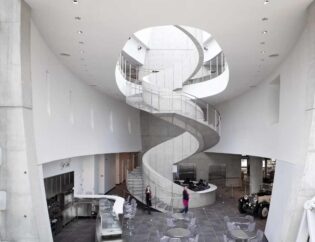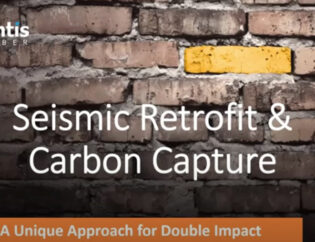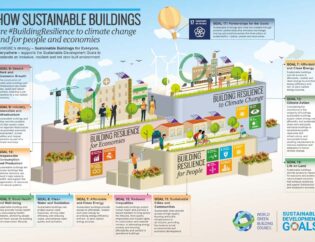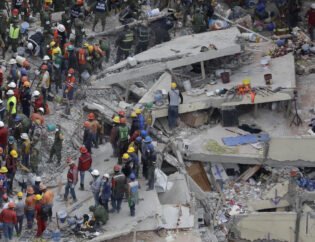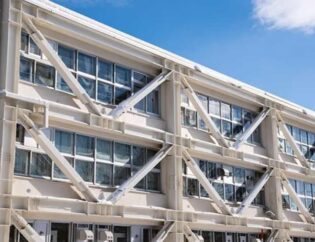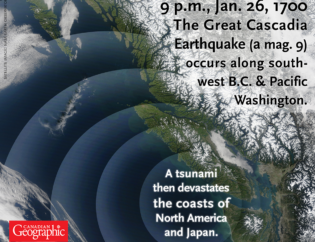
 Earthquake-Resistant Buildings, “Will this building survive an earthquake?” is literally the last thing we think about when we walk into a building, right? In October 2019 Optimum Seismic, Inc. and the U.S. Resiliency Council released a white paper “Economic Benefits of Earthquake-Resistant Buildings,” so now not only is there a safety factor, earthquake-resistant buildings are a sound economic investment, too!
Earthquake-Resistant Buildings, “Will this building survive an earthquake?” is literally the last thing we think about when we walk into a building, right? In October 2019 Optimum Seismic, Inc. and the U.S. Resiliency Council released a white paper “Economic Benefits of Earthquake-Resistant Buildings,” so now not only is there a safety factor, earthquake-resistant buildings are a sound economic investment, too!
The white paper “Economic Benefits of Earthquake-Resistant Buildings,”, co-authored by Ali Sahabi, GEC, MRED and Evan Reis, RSE, is conclusive that earthquake-resistant buildings are a sound economic investment for business and government entities, particularly those that serve or employ large numbers of people.
Economically, What Happens After An Earthquake?
“A University of Southern California study reports that the eight-county region of Southern California could suffer property damage of $113 billion in a major earthquake, with additional business-related impacts of $68 billion or more.” ~ CalBiz Journal

The construction industry is quick to change when it comes to safety, however, that is not so true when it comes to new technology. As an example, Reinforced concrete was invented in 1849 by Joseph Monier, however, the precursor to concrete was invented in about 1300 BC, so after some 3150 years, François Coignet started us on a course towards building resiliency by building the first reinforced-concrete house in 1853. Now, in 2019/2020, with the adaptation of proprietary add-mixtures (e.g. AtlantisFiber™) we have finally truly improved on the 170-year-old formula with a trifecta of benefits for people (safety), the builders (economic benefit), and the environment (using scrap tire fiber or STF).
So How Does This Bring Economic Benefits?
According to Ali Sahabi, GEC, MRED and Evan Reis, RSE, “When a building collapses, an owner or lessee is left with no operating business, huge business interruption costs, no cash flow, payments on an existing mortgage, the need to pay for or build a new facility, employees out of work, and investors questioning why executives had no emergency plan. Sahabi and Reis went on to say, “The Federal Emergency Management Agency (FEMA) projects that 40 percent of businesses that are forced to close their doors as a result of disaster never reopen.”
Additionally, where the long-term benefits of earthquake-resistant buildings is how the economic hardship can be worsened by building owners being held liable for property losses, injuries and even deaths. In fact, Sahabi & Reis point out that “millions of dollars in damages for negligence for not making seismic retrofit upgrades”, a precedent-setting case is already in place following a collapse in the 2003 earthquake in Paso Robles. When the owner, in that case, was found negligent for not retrofitting his building, survivors were awarded $1-million for each person killed in the building’s collapse.
VIDEO: Ali Sahabi informs the Southern California business community about the importance of being prepared for the big one. Plus the legal liabilities businesses face after a major earthquake and why it makes sense for businesses and property owners to be prepared. Ali explains the importance of how these retrofitting improvements actually work and how they make the structural integrity of buildings better and how it protects our investments.
